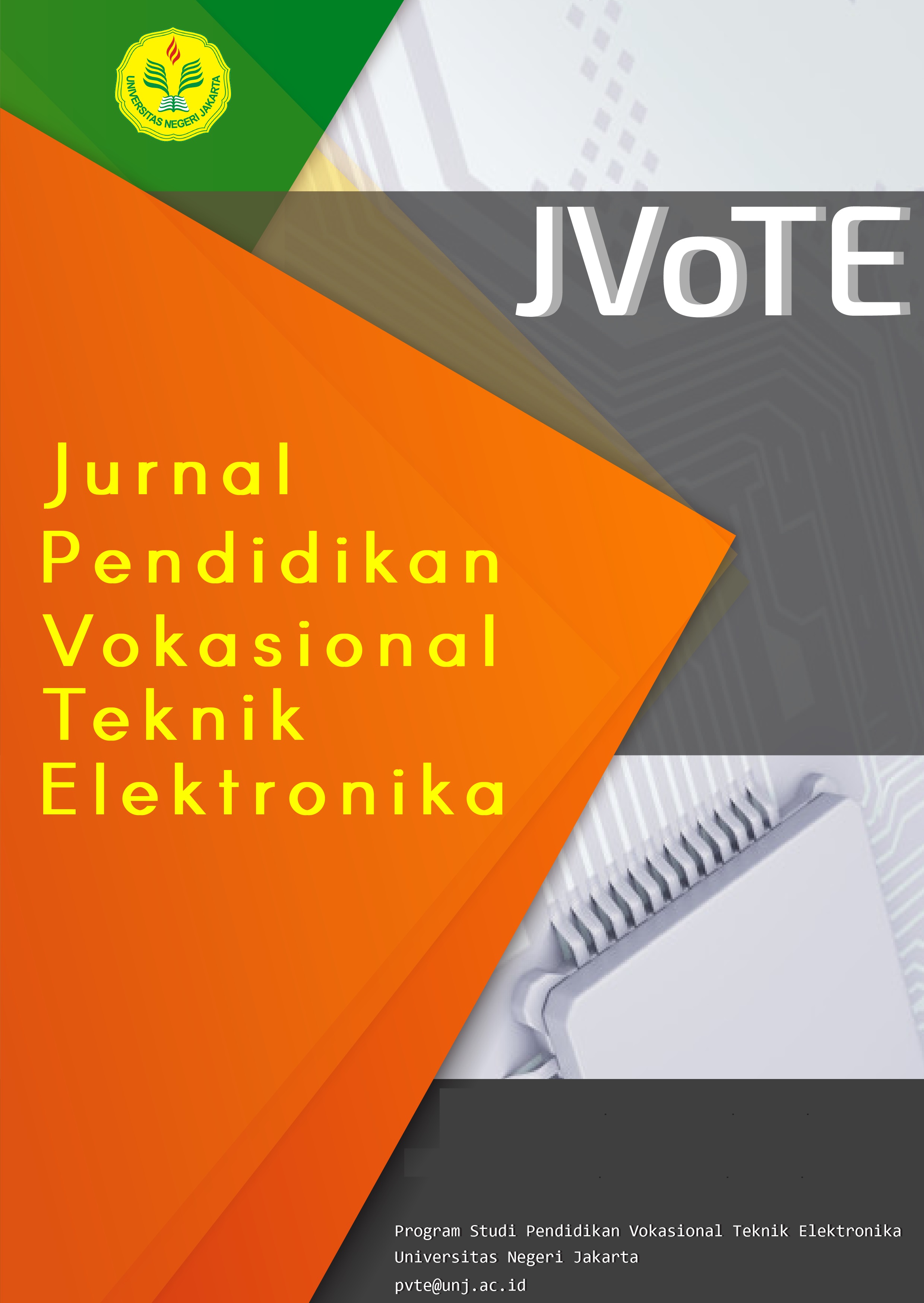Analisis Kapasitas Baterai dan Converter (Rectifier) Sebagai Catuan Cadangan Pada Perangkat Telekomunikasi
DOI:
https://doi.org/10.21009/jvote.v4i1.39437Keywords:
Converter (Rectifier), Battery BankAbstract
This study contains battery capacity analysis and converters (Rectifier) as a backup record on Telecommunication Devices aims to analyze the capacity of batteries and rectifiers. Basically, telecommunication devices have DC (direct current) voltage intake. Because the provision of electricity by the State Electricity Company (PLN) has an alternating current (AC) source, there must be a converter that can convert the alternating current source into a direct current (DC) source. In addition, to maintain the continuity of the availability of this direct current (DC) source, there must be a backup DC direct current enumeration, namely the battery in the system without interruption (no-break) if there is a disturbance in the main power from PLN. Because of the importance of the Rectifier and battery as a backup power is one of the devices used to support the No Break charge system Then an analysis of the capacity of the Battery and Rectifier was carried out.In conclusion, the load flowing from all converters connected parallel to the network element amounted to 2312 A. while the battery capacity was 10,000 Ah. Battery capability can provide backup charge for ± 4 hours. To avoid a load surge caused by charging boost on the battery, the converter capacity must be adjusted to the installed battery capacity at least the current capacity must be sufficient for charging the battery according to its type. So the number of converter modules that must be available in the event of a peak load of 3312 A is 28 converter modules, while the installed converter is 34 modules, this means that there are 6 converter modules operating in a stand-by state. This is so that if there is a problem in one of the modules, the DC electrical system does not experience interference.







